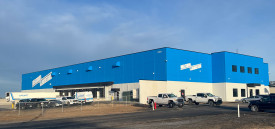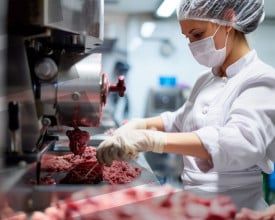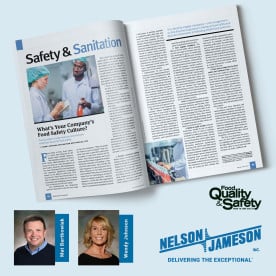tech tip
- June 17, 2016
Food safety concerns are on all food manufacturers’ minds (and, honestly, probably in their dreams too), so it is critical to know how bacteria grow. Armed with that knowledge, we are better able to stay ahead of bacterial contamination in the food manufacturing facilities.
Often, when I was in the plant environment, I would refer back to a case study put together by the Royal Society for Public Health in 2010. It laid out some excellent basics on growth factors for bacteria in a concise manner that readers
- August 13, 2014
Extend the life of your sanitary hoses by purchasing hose supports! Prevent exterior wear and fitting damage by using hose supports to keep hoses off the ground and next
- June 11, 2014
Recently, many production facilities and states are banning the use of mercury thermometers within their labs making the spirit-filled units more popular. Many times when these
- May 14, 2014
Every day, employees are subjected to loud noises at their workplace. It is up to the employer to supply appropriate hearing protection and implement a hearing protection program






